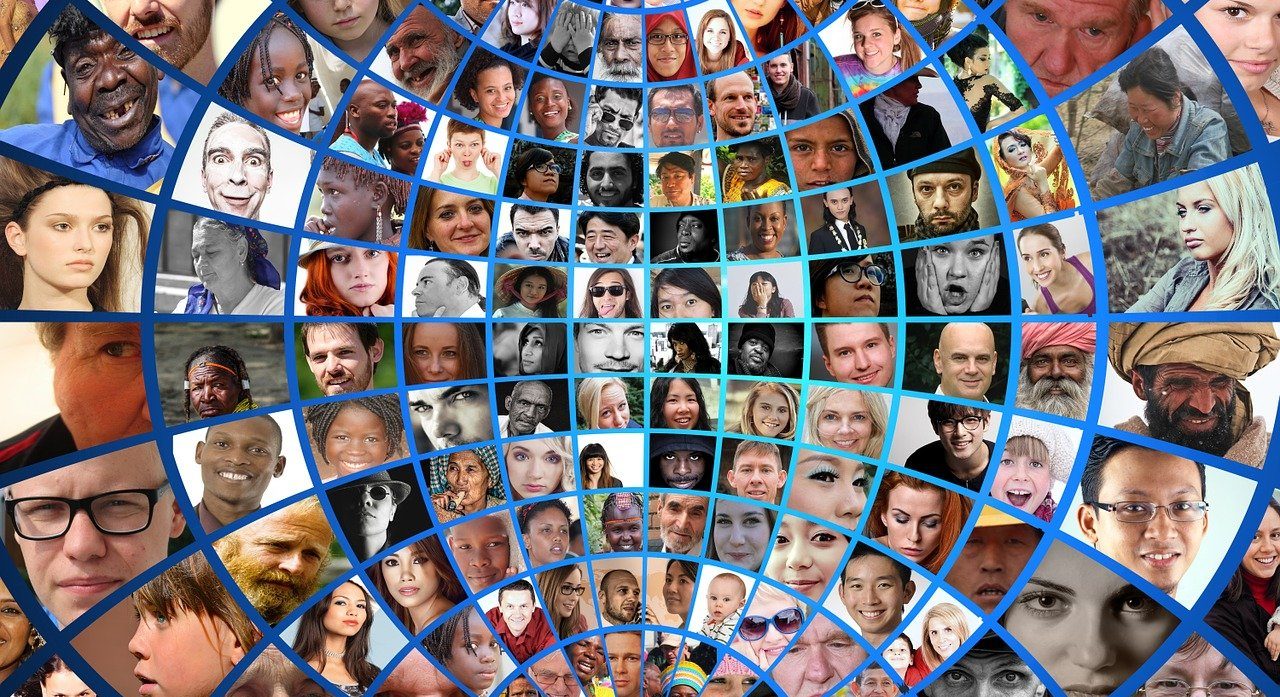Welcome to Part 2 of our exploration into the eight ways that EEO MD-715, a tool that helps federal agencies create effective equal employment opportunity (EEO), will transform the federal government. In Part 1, we explored the first four changes that EEO MD-715 brings to government agencies. Now, we’ll continue our journey by discussing the remaining four aspects that will reshape how organizations approach diversity and inclusion.

- Setting Clear Goals and Benchmarks
To drive meaningful change, EEO MD-715 requires government agencies to establish clear diversity and inclusion goals and benchmarks. These objectives serve as a roadmap, guiding organizations toward greater workforce diversity and inclusivity. Goals can encompass various aspects, such as increasing the representation of underrepresented groups, reducing pay disparities, or enhancing workplace culture.
By setting specific, measurable, achievable, relevant, and time-bound (SMART) goals, agencies create a framework for continuous improvement. Regularly reporting progress on these goals ensures accountability and motivates agencies to stay committed to their DEIA initiatives.
2. Increased Transparency
Transparency is a cornerstone of trust and accountability. EEO MD-715 underscores the importance of making data and analysis accessible, not only to internal employees but also to stakeholders and the public. Open and honest reporting builds trust within the organization and fosters transparency with external audiences.
By sharing diversity and inclusion data, agencies demonstrate their commitment to accountability. Transparency allows employees to track progress, stakeholders to evaluate agency efforts, and the public to hold government organizations responsible for their DEIA commitments.
3. Fostering Greater Collaboration
Government agencies do not exist in isolation, and their diversity and inclusion efforts are more effective when they collaborate. EEO MD-715 encourages agencies to promote collaboration and knowledge-sharing. By exchanging best practices, strategies, and lessons learned, government organizations can collectively advance their diversity and inclusion initiatives.
Collaboration extends beyond sharing success stories to include addressing common challenges and identifying innovative solutions. Through shared experiences and collective efforts, agencies can accelerate progress toward their DEIA goals.
4. Aligning Data With Future Action
Lastly, EEO MD-715 emphasizes that reporting should not be a standalone process but rather an integral part of actionable steps and strategies that continue to reflect progress. Collecting data is just the beginning. Real impact comes from using that data to address identified gaps and drive positive change within government agencies.
Data should inform decision-making processes, allowing agencies to implement targeted interventions, refine policies, and develop inclusive practices. The ultimate goal is to bridge diversity and inclusion gaps and create workplaces where all employees feel valued and empowered.
By embracing the principles of EEO MD-715, government agencies can create more inclusive, equitable, and diverse workplaces. These changes not only benefit employees but also strengthen organizations’ ability to serve their diverse constituencies effectively. As we conclude this two-part series, we hope that organizations will leverage the transformative power of EEO MD-715 to build more inclusive and equitable futures.
Russell Miller is Director of Implementation for Government Workforce Management, at OPEXUS. He has extensive experience providing implementation support for the HR Product Suite at OPEXUS. His expertise helps ensure products are delivered on time and on budget. He is passionate about using technology to improve the day-to-day functionality across government HR processes. In his free time, Russ enjoys Boston’s sport events, boating, and spending time with his family.





Leave a Reply
You must be logged in to post a comment.